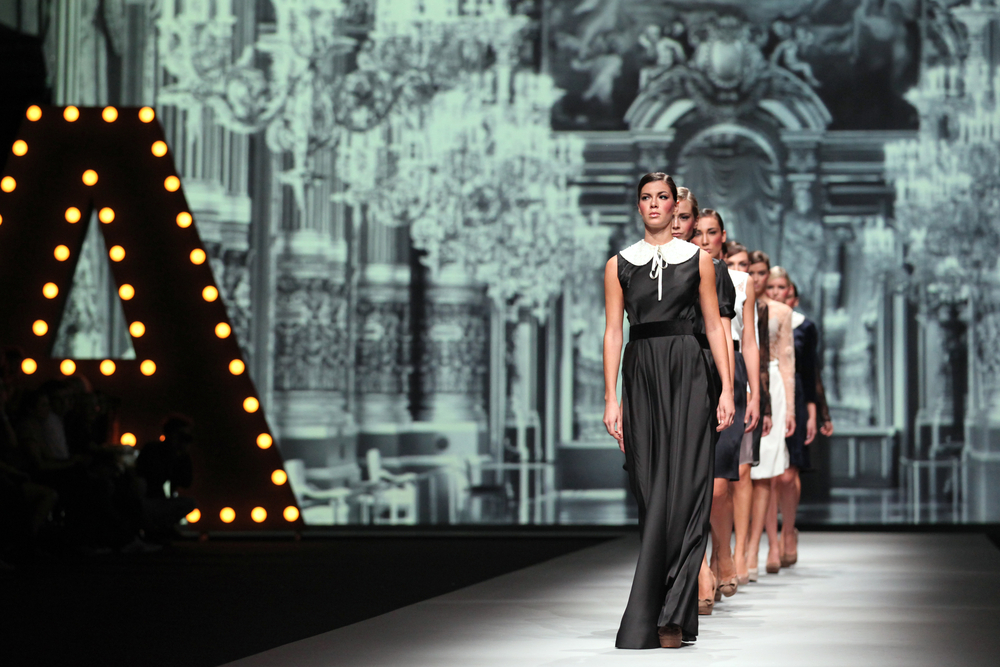

Haute couture as we know it today was born in the 19th century, but French excellence in this field dates back to the 17th. It was in royal and princely palaces that the manufacture and embellishment of sumptuous garments developed, and Marie Antoinette can be considered the 1st trend-setter in history.
Benefiting from guilds grouping together 6 merchant bodies of excellence since the Middle Ages (drapery, grocery, haberdashery, pelts, hosiery and goldsmiths), Paris was from the outset the epicenter of French savoir-faire, represented by fashion merchants. Ancestors of today's designers, they held the title of "Minister of Fashions" (like Rose Bertin under Louis XVI) or official supplier to the Empire (Hippolyte Leroy for Empress Josephine).
Fashion is to France what the gold mines of Peru are to Spain.
With the French Revolution, the disappearance of the nobility led to the disappearance of these merchants/influencers, but their seamstresses continued to exercise their sophisticated skills, responding to tailor-made custom orders. It is to them that we owe the gradual advent of haute couture houses, whose status, legally protected since 1945, exists only in Paris. To obtain this status, the head couturier must be sponsored by one of his or her peers and strictly adhere to a number of criteria, such as manual production, on site and by a minimum number of employees, the uniqueness of made-to-measure pieces and the production of 2 fashion shows per year.
Long before this controlled appellation, this sector took off in the industrial era, as European high society ladies took advantage of the development of railroads to come to Paris to buy outfits and accessories from the renowned French tailors. In the 1890s, these new-fangled milliners became trend-setters and helped democratize haute couture, aided by the 65,000 seamstresses working in the capital at the time.
Among those who laid the foundations of today's profession was... an Englishman! And yes, it was Charles-Frederick Worth who was the first to adopt certain practices that are still relevant today: creation of original models inspired by lace and embroidery registers, embodied presentation of outfits on mannequins parading in luxurious salons, use of the technical advances of the time (the emergence of industrial colors, the revival of Lyonnais silk...). Initially specializing in ball gowns, Worth was also the man who made clothing a luxury product, offering it at a price well above its cost price.
Although the Englishman was a pioneer in many respects, it was not he who revolutionized the female silhouette, freeing it from corsets and crinolines. That would have to wait until Gabrielle Chanel entered the fashion world in 1909, the simple milliner following in the footsteps of her pioneering predecessors such as Madeleine Vionnet, Paul Poiret and Jeanne Paquin, the first great French fashion star.
Since then, many other designers have enjoyed worldwide renown, including Christian Dior, Yves Saint Laurent, Pierre Cardin, Christian Lacroix and, more recently, Jean-Paul Gaultier. All these names are associated with haute couture houses that are still in business today, even if it's mainly their accessories and perfumes that keep them going.
Timeless, however, is the fact that these houses continue to set the "pace" in terms of style, making clothing fashions precious witnesses to our history.
Valérie from Comme des Français
----
Continue reading with these articles